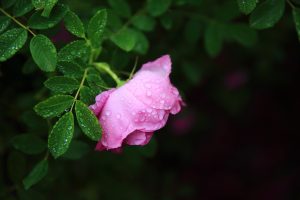Khao Yai National Park, a mere 200-km away from Bangkok, it is the most visited natural reserve and is situated at an easy access from the capital. It is ranked among the densest forests in the world, that is why it is now a UNESCO world heritage site and Asean National heritage site. It covers more than 2000 square kilometers of Tropical forest, grassy hill slopes and mountain stream valleys. Its natural beauty is simply breathtaking. Apart from driving through the magnificent forest and grassland landscapes, enjoying enchanting waterfalls and trekking on nature trails, camping, biking and bird or game watching are the principal activities in the park. Some of the other interesting activities in the national park are:
Wildlife: from dawn into the wee hours, Khao Yai National park offers exciting adventures like trekking through the mountain jungles and swimming in cascading falls. There’s rock climbing and rappelling, white water rafting and mountain biking as well as quiet bird watching and night safaris.
Golf: With its alpine climate and rolling terrain, the Khao Yai area is a location for golf. Khao Yai has eight golf resorts that combine the natural charm with contemporary amenities to give a perfect stay in this enchanting vicinity.
Adventure sport: Be it kids’ adventure, family fun, amazing thrills, team challenges or even fear factor activities; Khao Yai promises fun and excitement for families, corporate groups and team building activities. Visitors can enjoy life at the Greenery Resort with exciting activities like ATV, Zorn Ball, Thunder Hawks and Rock Climbing amongst other thrilling activities.
Vineyards and wineries: The farm and winery, which is, at the same time, a classy resort and a wellness spa, is located in the green field of vineyard, where Shiraz, Cabernet-Sauvignon, Syrah and Chenin grapes are cultivated. In order to disseminate the process of vine making, an educational tour of winery can also be organized.
Shopping: Khao Yai has big outlet malls and shopping arcades that can fulfill the day for shopping lovers.
Due to Khao Yai’s alpine climate and fertile soil, farms, ranches and vineyards have sprung up as well as recreation facilities, hotels, resorts and eateries.
Student: Chabuskhan Hamdalee









